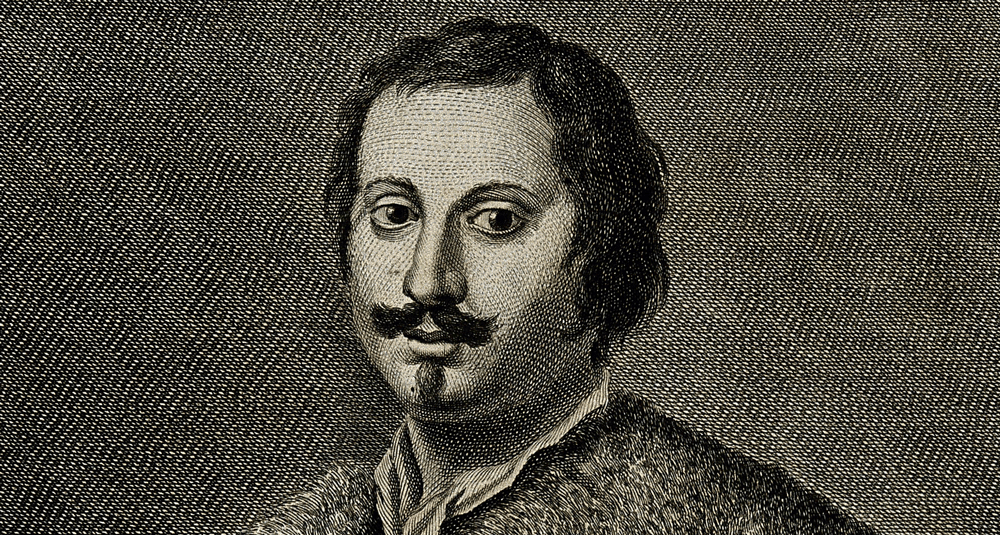Which measuring instrument was invented by the Italian physicist and mathematician Evangelista Torricelli in 1643?
Last Updated:
sciences

Which measuring instrument was invented by the Italian physicist and mathematician Evangelista Torricelli in 1643?
Answer
The mercury barometer: the atmospheric pressure is balanced by a column of mercury surmounted by a closed and empty space. It was invented by Evangelista Torricelli in 1643.